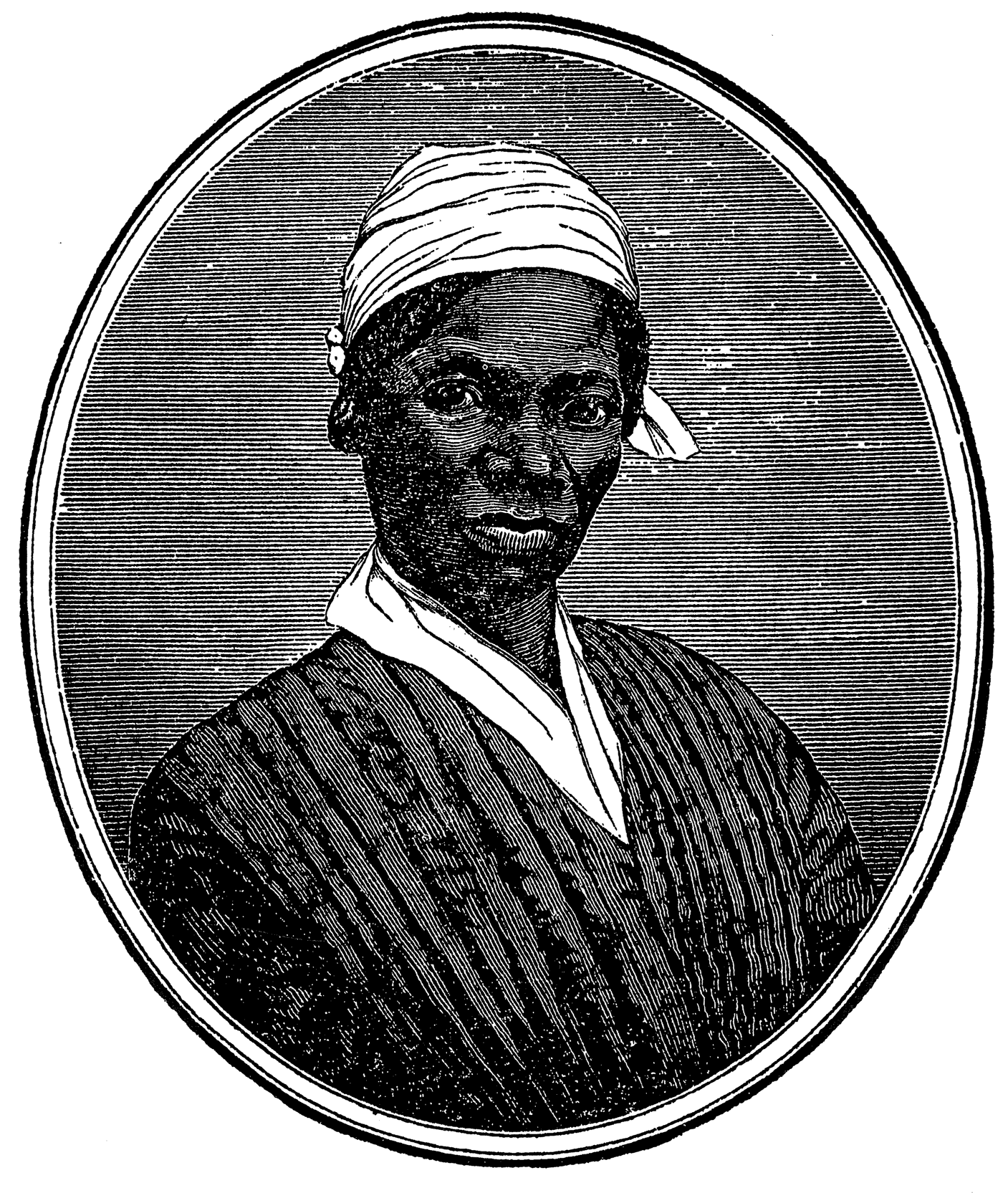“I want to see none come here, rich or poor, humble or learned, except those who are by being reformed themselves, fitted to reform others: those who shall be ready to every good work, and gifted with wisdom and zeal to repel the approaches of evil habits and wrong principles, and make this a “city set on a hill, to give light all around.”
Giles Stebbins to James Stetson, August 7th, 1844
Religion and Reform
For those who joined NAEI, religion and devout commitment to uphold the moral right were central to their acceptance and existence in the Northampton Community. The community admitted people of several Protestant denominations all of whom were “being reformed themselves,” and “fitted to reform others.”
The reform era of the 1830s and 40s was influenced by the Second Great Awakening and its fervent revivalism in the North. The seemingly different movements of the antebellum era intersected around the goals of moral reform of body, mind, and spirit. From the spread of democracy to abolitionism to utopianism, reformers of this era looked to maintain a high moral standard for a society they believed was associated with sin and corruption.
The Second Great Awakening
The Second Great Awakening resulted from several factors. The belief that the rationalism and liberalism within the church was driving people away led preachers like Charles J. Finney to revive participation in the church. By using emotion and fear of damnation, preachers convinced thousands to profess their faith.
In the South, the Second Great Awakening used camp meetings with dramatic preaching to bring many people back to organized religion, especially within the Baptist and Methodist churches, which became the largest Protestant denominations in the country.
Increasingly, Northern Protestants began to see slavery as a sin. For those who held themselves up to reform of the self and others, being associated with churches that did not call for an end to slavery became unacceptable. Reformers asked members to come out (come-outerism) of their churches to those that argued for abolitionism. For Southerners who used religion and the bible to justify slavery, the Second Great Awakening and its associated reforms only solidified their beliefs of a conspiratorial North aimed at taking away their capital and livelihood.
The Second Great Awakening created resistance to changes in faith which reformers associated with materialism, competition and moral decay associated with the emerging Market Revolution. Several issues: the Panic of 1837; alcoholism, poverty and crime in cities; decline in religious zeal; and increased materialism solidified the belief that society needed to be reformed.
The reforms of the 1830s and 40s had many aims including temperance, educational reform, abolitionism, nonresistance, millennialism, women’s rights, advocacy for public asylums (asylum movement), prison reform, dietary reform, hydropathyand communitarianism. These seemingly different issues all found some commonality in their attempt to find a new path for society based on expanded democracy and moral righteousness.
These popular movements gave the message that all could be saved and overlapped with increased democratic participation in government. They created further sectionalism in the nation and splits within the church. Abolitionist leaders like William Lloyd Garrison and Sojourner Truth were driven in their abolitionist work by their zealous commitment to God and religion and it is religion that would later cause a series of rifts within the abolitionist movement itself.
For most of those who joined into the Communitarian moment of the 1840s, the utopian societies marked one trial for change in a lifetime career of reform work. The people of NAEI and other “utopian” communities of the 1840s sought an alternative model to the problems they saw in American economics, politics, and society.
Religion at the Association
From beginning to end, religion at NAEI was a central topic of discussion, practice, and dispute. The Stetsons continually reference the many popular reform movements of the time throughout their letters. (link to many and also link above with the appropriate topic) The continued adult and child education often centered around religion. Morality, activism, and education were closely intertwined and evident in the letters from the Stetson children. Dolly speaks frequently of the Sunday meetings and visiting speakers.
Abolitionism within the community was based on the belief that slavery was sin and should be immediately disbanded. (letters-abolition) The choice to make NAEI a non-sectarian community created diversity, disputes, and resistance from the surrounding community. While all seemed to uphold the idea of moral righteousness some disagreed over exactly what that righteousness looked like.
Sojourner Truth’s disapproval of the children playing with cards and other activities demonstrated one of the issues that religious diversity brought about within the community. (example) Disagreements over non-resistance and marriage are seen in Dolly’s letters. While the Stetson’s remain within the more liberal families at NAEI, Dolly remained skeptical of non-resistance in reference to marriage and family life.
The economic decisions of the community were based on religious reform as the Association chose to raise silk for symbolic as well as practical reasons. Silk production, as opposed to cotton, was not associated with slavery. The community aimed to create equity within their labor system in an attempt to avoid the “evils” of industrial labor they saw within society.
Moral righteousness was a part of everyday life at NAEI. The overall goal of the association was to create a model for society that upheld moral standards acceptable in the eyes of God. Almira holds herself to the highest moral standard for her family and society. Dolly makes reference to the higher purpose of the community and its role in society.
Although the Stetson letters are not filled with references to church and God, almost everything they did in the Northampton community revolved around decisions of morality and a higher relationship with God. This noble goal affected every aspect of life within the community and undoubtedly the future lives of all its members.



